Now is the perfect time to see more of Scotland.
If history is your thing, then chances are you’ll be interested in the National Trust for Scotland.
Set up in 1931 for the ‘preservation and conservation of natural and human heritage that is significant to Scotland and the world’, the National Trust for Scotland is the largest Scottish membership organisation and a leader in conserving and promoting the nation’s treasured places and collections so that they can be enjoyed by present and future generations.
The properties and sites the independent charity cares for straddle a timeframe that stretches from the earliest geological processes to the Mesolithic and on into the 20th century. It has a presence in every corner of Scotland; from the most northerly tip of Shetland to the south coast of Dumfries and Galloway; from the eastern shore of the country at St Abb’s Head to the most westerly islands of St Kilda in the Atlantic Ocean, 64 kilometres from the nearest landfall.
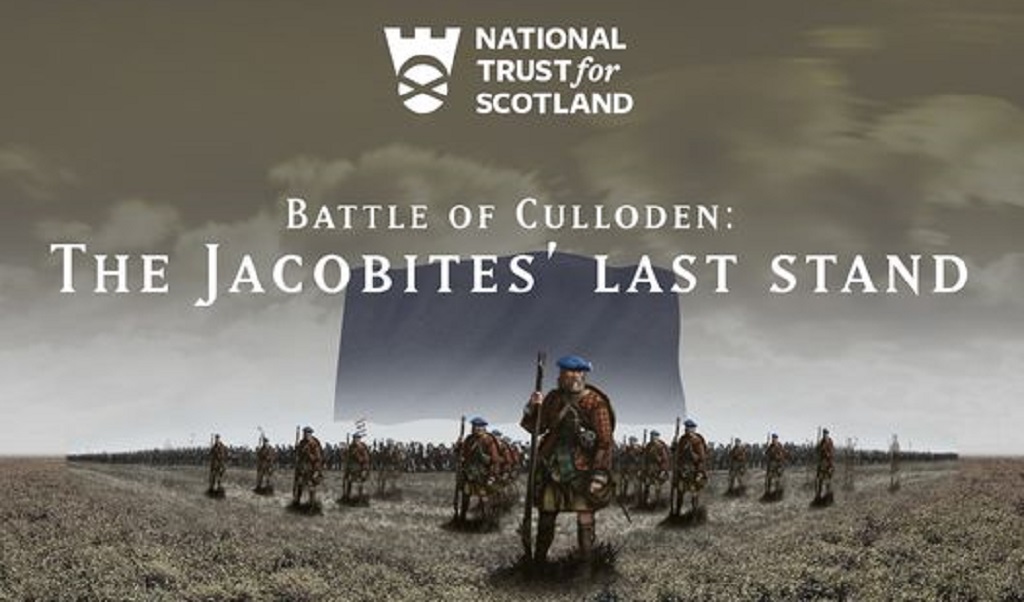
Culloden is a National Trust for Scotland site
The Trust’s responsibilities encompass architectural wonders, coastlines (providing habitat for over one million seabirds), 190,000 acres of countryside, 46 Munros, 394 miles of mountain footpaths, 10,000 archaeological sites, 35 major gardens nurturing 13,500 plant varieties, seven national nature reserves, 45 sites of special scientific interest, St Kilda, Britain’s only dual World Heritage Site, battlefields which changed the course of history and collections of fine art and more than 100,000 precious artefacts representing both the highest levels of craftsmanship and the prosaic needs of lives once lived.
In 2017 the National Trust for Scotland saw hundreds of thousands of visits to its properties and sites.
The top ten visited places were (in no particular order):
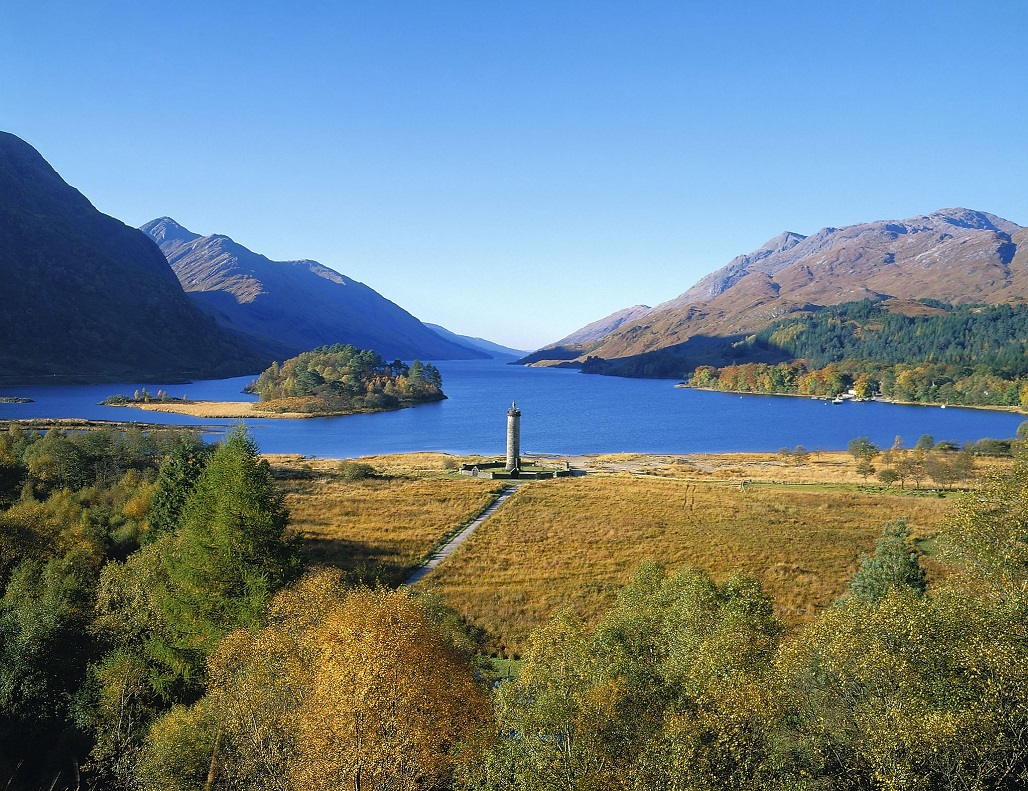
Glenfinnan Monument, Lochaber
Less than a year before the Battle of Culloden, Prince Charles Edward Stuart raised his father’s Standard at Glenfinnan, marking the start of the 1745 Jacobite campaign. An army of 1,500 rallied to join Bonnie Prince Charlie – they marched as far south as Derby before the retreat began that would seal their fate.
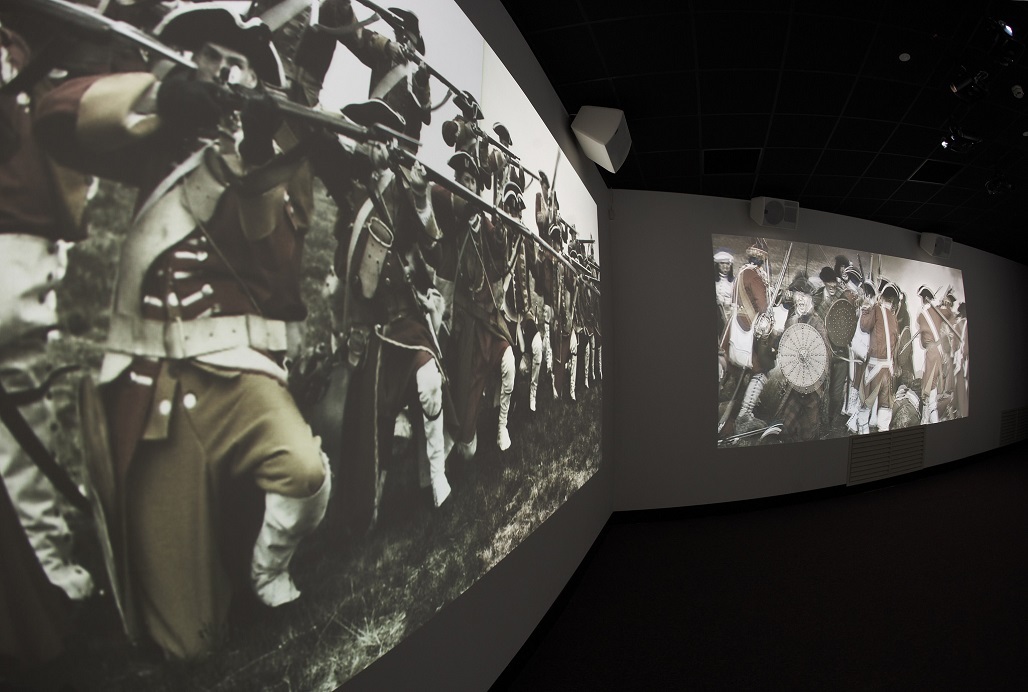
Culloden, Inverness
The fateful, brooding scene of carnage that ended hopes of a Stuart restoration and changed Scotland and the Highlands forever on 16 April 1746. The visitor centre sets out the context of a dynastic world war and uses an immersion theatre to put you at the shocking heart of the battle.
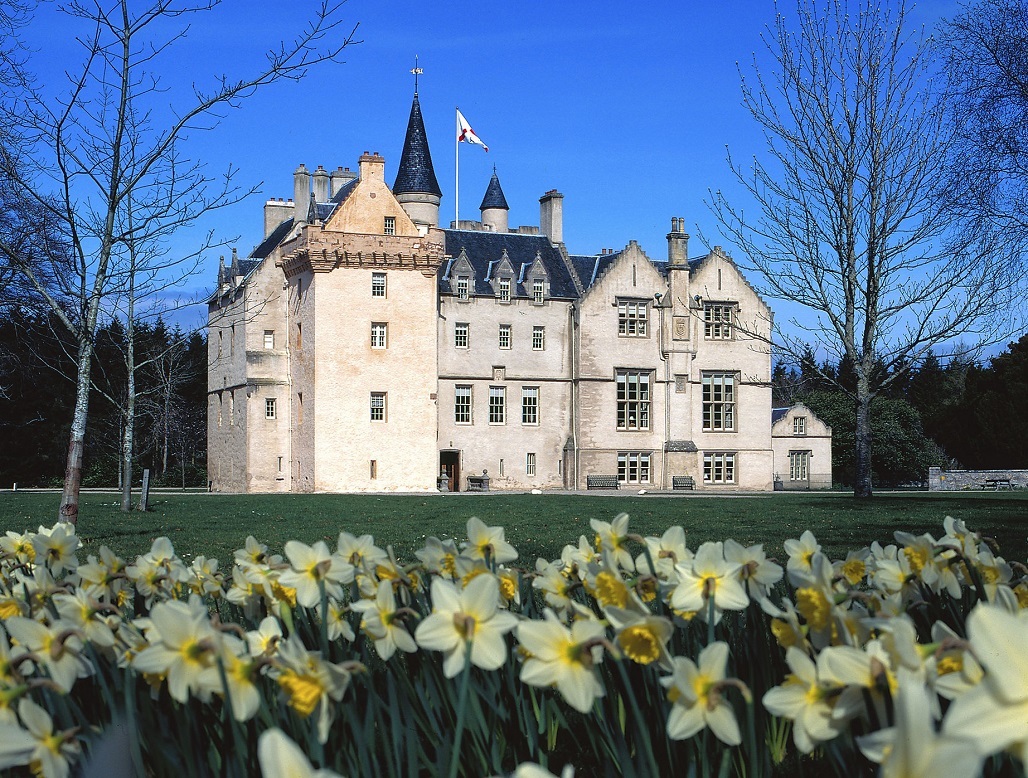
Brodie Castle, Inverness
Dating back 400 years, this has been the seat of the Brodie family since the 12th century, its impressive contents include a signed letter from Robert the Bruce. New for 2018 is the Playful Garden at Brodie Castle, an extraordinary place of fun for all ages and based on the long history of the castle and its unexpected connections with daffodils and Hollywood.
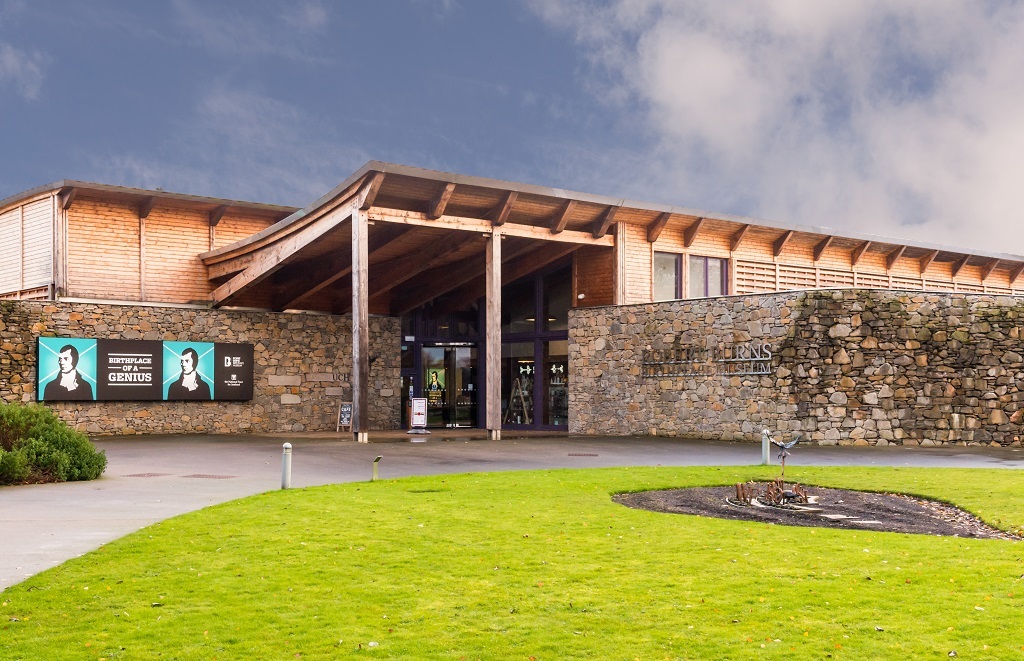
Robert Burns Birthplace Museum, Ayrshire
A surprising modern display of the story of our greatest poet and his effect on the world alongside Burns Cottage (the cosy three-room home where Burns was born and lived until the age of seven), Brig O’Doon, the 15th century cobblestone bridge which features in Burns’ Tam o’Shanter and the original Burns Monument designed by Sir Thomas Hamilton.
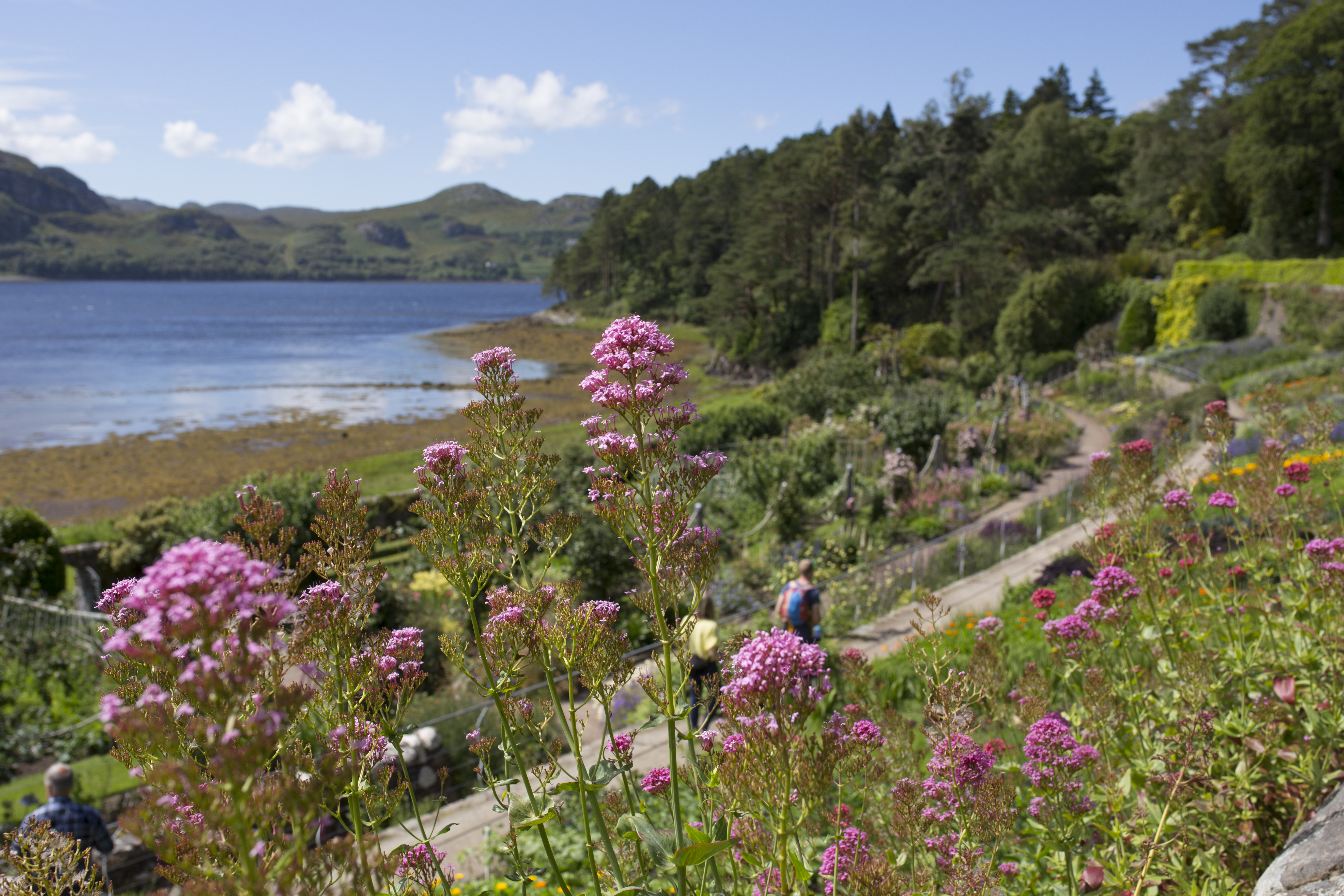
Inverewe Garden, Rosshire
An astonishing garden in one of the northerly corners of Scotland – created from an unpromising rocky spot in the 1800s, is now one of the world’s great gardens. The site also includes Inverewe House and the Sawyer Gallery which hosts exhibitions throughout the year.
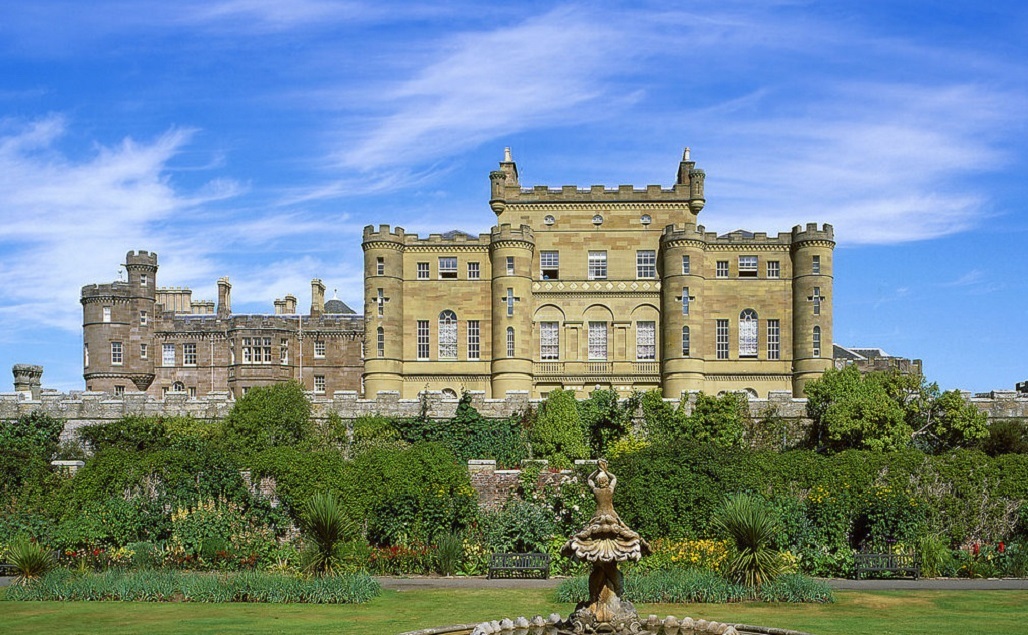
Culzean Castle & Country Park, Ayrshire
Once the playground of David Kennedy, 10th Earl of Cassillis – a man who was keen to impress with his wealth and status – Culzean is an astonishing Adam-designed wedding cake of a castle set on cliffs overlooking a sandy coastline with 260 hectares of parks, gardens and woods to explore.
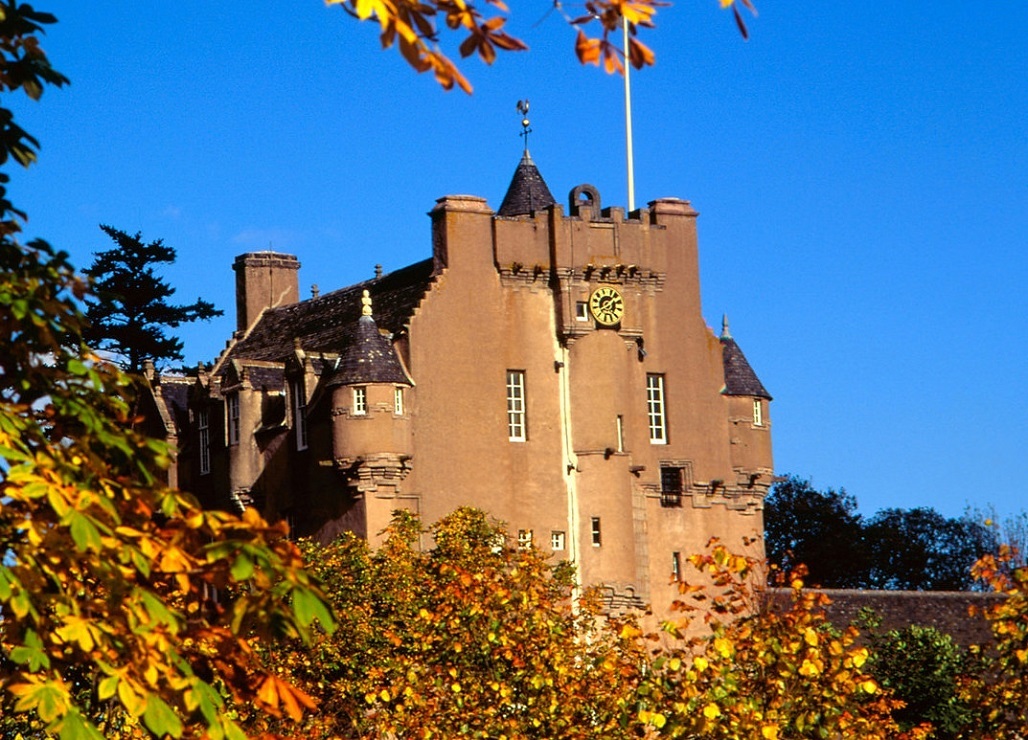
Crathes Castle, Garden and Estate, Aberdeenshire
The land was granted to the Burnett family by Robert the Bruce in 1323 and the castle dates to the 16th century – but in the grounds archaeologists have identified the site of a 100,000-year-old lunar ‘calendar!’
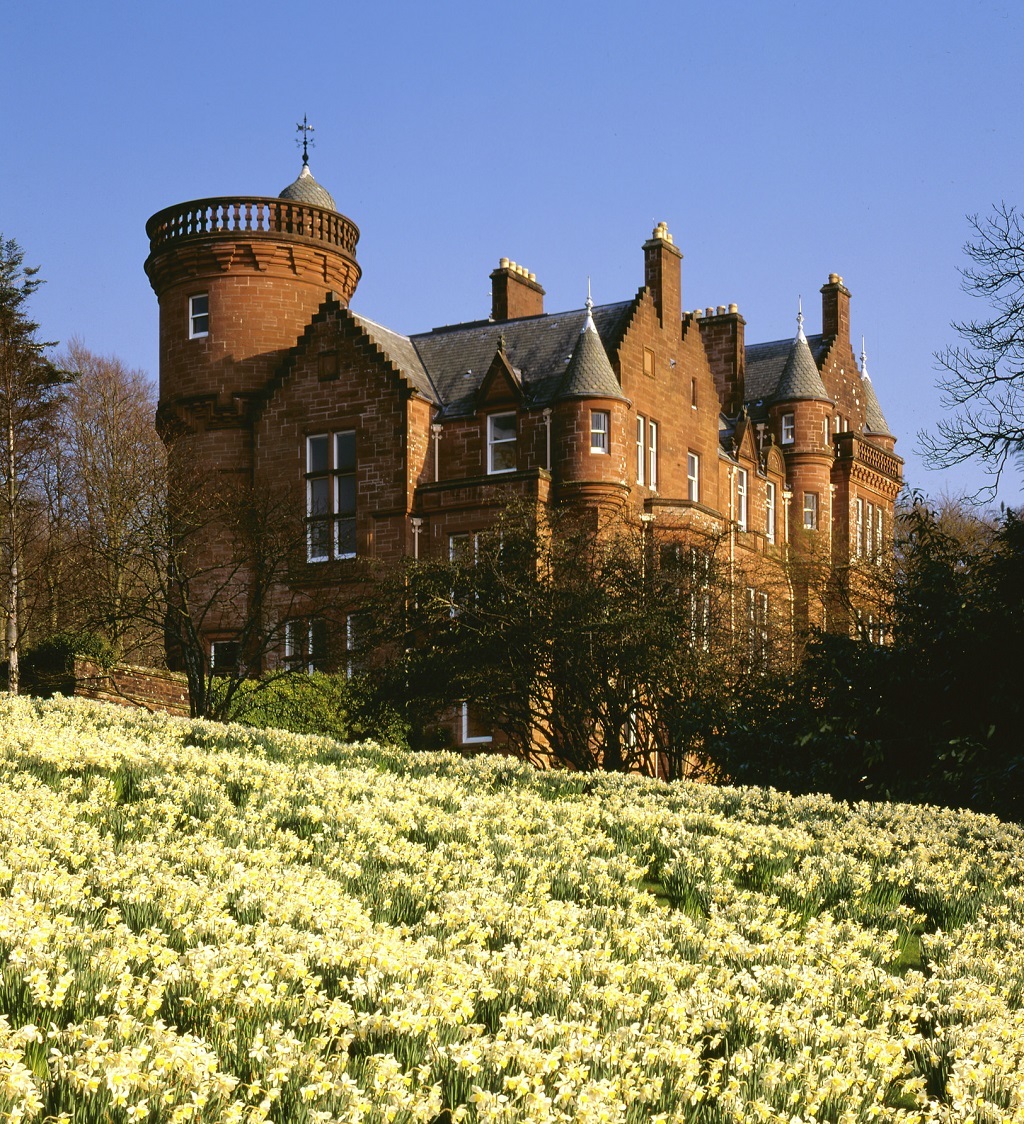
Threave Garden and Estate, Dumfries and Galloway
Threave’s wonderful garden has been created over the years by students of the NTS School of Heritage Gardening – and is a fine example of landscaped beauty. The garden is divided into a series of smaller gardens to showcase different styles, including a rose garden, rockery and walled garden.
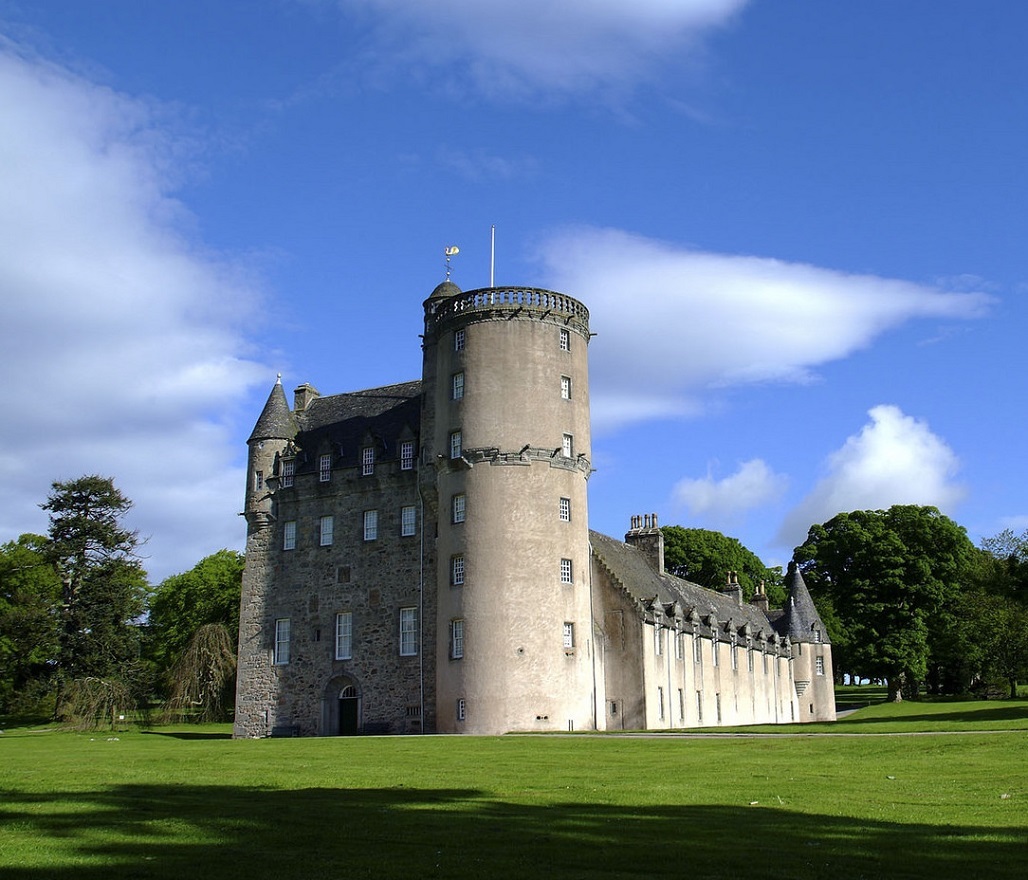
Castle Fraser, Aberdeenshire
With a core that possibly dates back to the 1450s, Castle Fraser is a fabulous place to soak up the atmosphere of old Scotland. Later additions made the building into a huge fortified structure, one of the largest tower houses in the country.
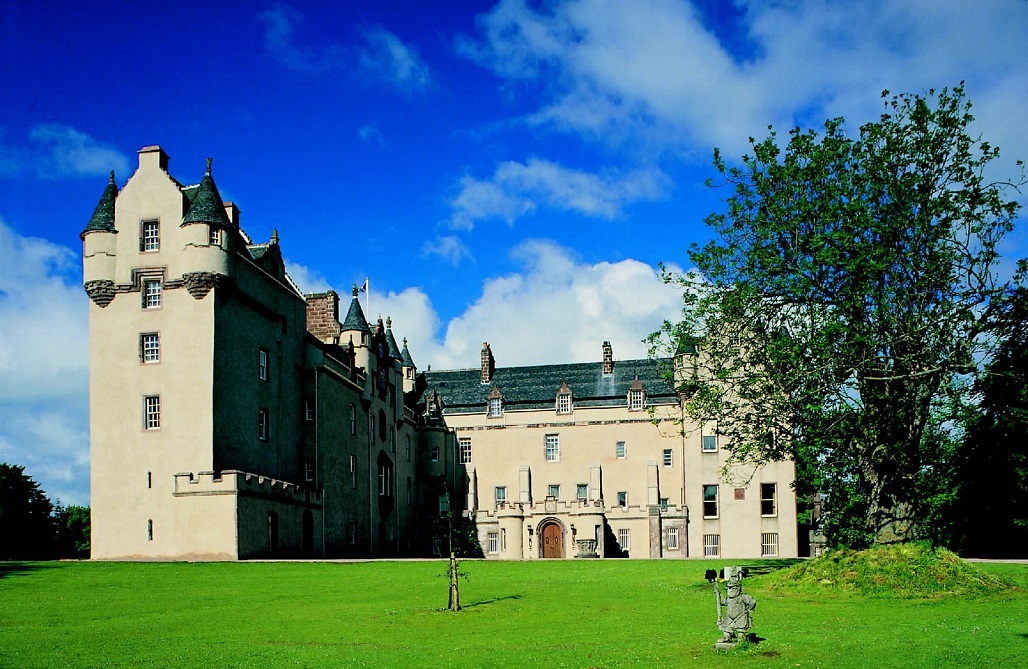
Fyvie Castle, Aberdeenshire
This magnificent fortress in the heart of Aberdeenshire is a sterling example of Scottish Baronial architecture. Inside, the rooms are filled with antiquities, armour and lavish oil paintings. Out in the grounds the grandeur continues, with a picturesque loch and an unusual glass-roofed racquets court.
- You can join the National Trust for Scotland for as little as £7.50 per month for a family. To become a member, visit http://www.nts.org.uk/Join/Benefits/.
- You can make a difference and help protect everything in our care. Donate online at https://www.nts.org.uk/Donations/
TAGS

